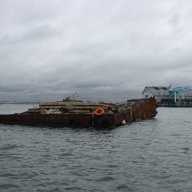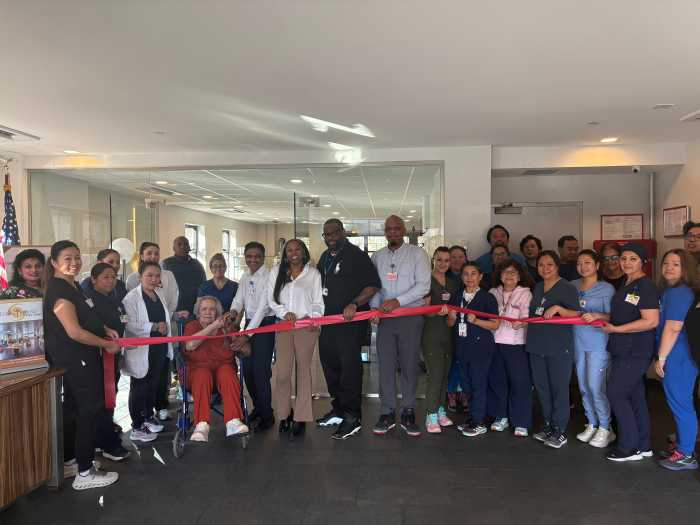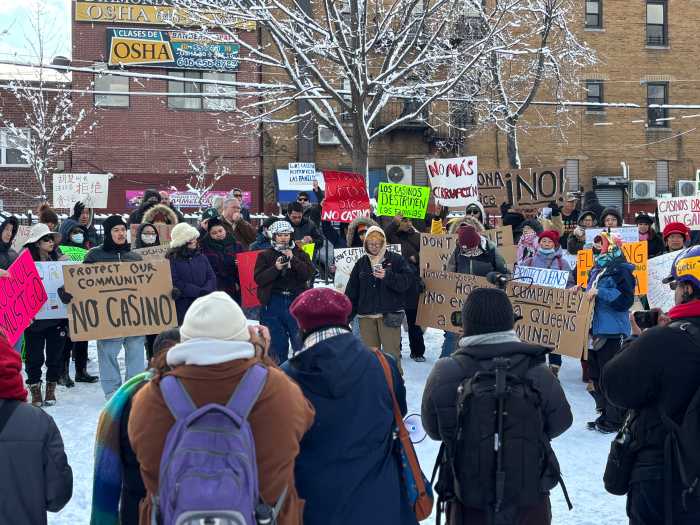Public Advocate Letitia James was taken on a boat patrol of the Flushing Bay last week with members of Riverkeeper, a watchdog organization advocating for cleaner New York City waterways.
Riverkeeper boat captain John Lipscomb educated James on the issues facing the bay while steering a small vessel throughout its coast, pointing out large swaths of land occupied by asphalt plants and other industrial manufacturing sites.
According to Lipscomb and other Riverkeeper sources, a major source of contamination is overflow from sewer systems collecting storm runoff, domestic sewage and industrial wastewater. Waterfront manufacturing businesses can potentially worsen this problem by allowing rainwater to collect on their property, where it collects synthetic materials before running back into the bay.
The combined sewer and street-water overflow contains an enormous amount of harmful bacteria and chemicals that affect marine flora and wildlife, making the bay inhospitable for many of the species of flora and fauna native to the area. According to sources at Friends of Flushing Creek—an advocacy group focusing on a waterway feeding into the bay—1 billion gallons of raw sewage and storm runoff is dumped into the nearby creek each year.
“We’re in a transition time from that heavy, industrial water-dependent use to a future where the water is of value to the community and the community doesn’t hurt the water body,” Lipscomb said, “and the ultimate measure of that is whether the water body can sustain the life that it supported before.”
Two abandoned barges in the Flushing Bay were also of particular concern to the water advocacy group.
According to Lipscomb, the barges were tied to a local dock until a January gale set them adrift into the larger body of water. Although locals have expressed their concern about Styrofoam and other materials breaking off from the barges into the water, environmental authorities contacted about the issue so far have reportedly been reluctant to respond to the issue because it does not pose a major threat to commercial waterways.
The boat captain was incredulous at the lack of official accountability on the cleanup of the barges.
“What are we going to do, leave this piece of junk out here?” Lipscomb asked. “Is that really what’s going to happen?”
James later said she was most concerned about the abandoned barges, and declared that their presence in the water was an act of disrespect to the residents of Flushing and beyond.
She called on the Army Corp of Engineers and the United States Senate and Congress to do everything in their power to get rid of the barges because of the threat they present to local marine life, commercial businesses and the larger community.
“If we want to improve and expand water access to the community, we really need to focus on the bay and clean it up,” James said.
Lipscomb agreed that the disposal of the abandoned barges is a major priority. He hoped that James would be able to effectively contribute to the effort to raise community awareness on the various environmental issues challenging the Flushing Bay.
“Connecting with people whose job definition is ‘public advocate’ is worth the time,” Lipscomb said.
















































